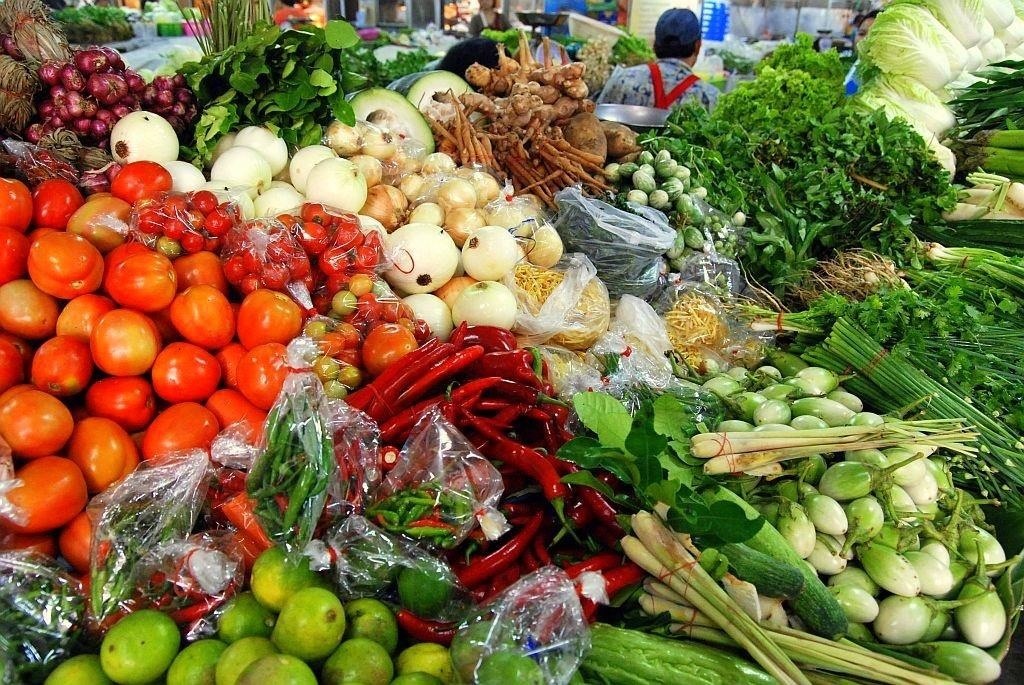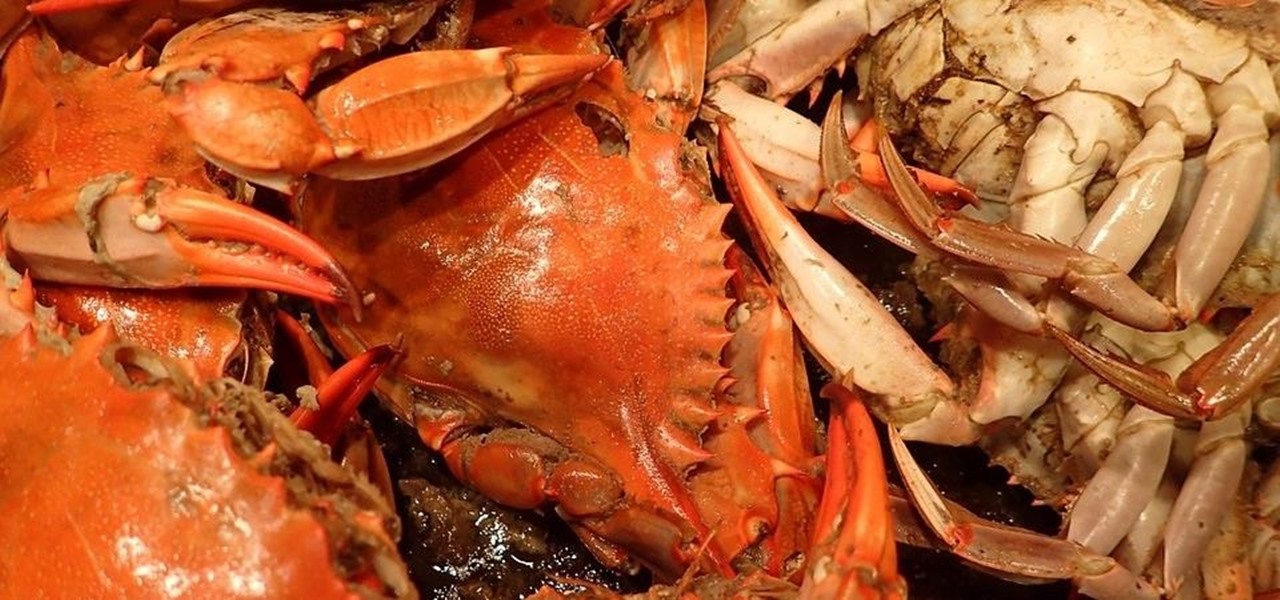A robust appetite for imported foods is leading to increased disease outbreak in the US.
Despite the locovore and slow food movements, America's demand for foreign foods is picking up. According to a study published in the journal of Emerging Infectious Diseases, demand for imported fresh fruits, vegetables, and seafoods has jumped in recent years.
We buy about 50% of fresh fruits, 20% of fresh vegetables, and 97% of seafood, like fish and shellfish, from distributors outside the country. With about 19% of the US food basket filled by imports, this 20-year study reveals that our taste for imported seafood and produce has also increased our risk to disease outbreak caused by pathogens along for the ride.

By analyzing outbreak reports, researchers from the Centers for Disease Control and Prevention (CDC) and the US Food and Drug Administration (FDA) identified 195 outbreak inquiries related to imported food products. These outbreaks resulted in 10,685 illnesses that led to hospitalization of 1,017 people. Of those who became seriously ill, 19 people died.
Increasingly, outbreaks in the US involving foodborne pathogens are caused by imported foods, and the rate of those outbreaks is picking up. Between 1996 and 2000, there were an average of three outbreaks related to imported food per year. Almost ten years later, between 2009 and 2014, there was an average of 18 outbreaks per year associated with food imported from outside the country.
What Are the Culprits?
Study authors looked at foods and pathogens, and countries of origin. "Although many types of imported foods were associated with outbreaks, fish and produce were most common," the study notes.
Toxins, bacteria, and parasites were identified that are frequently associated with disease outbreak from imported foods, including:
- Scombroid poisoning: Aquatic animals, like fish and shellfish, caused 55% of disease outbreaks during the study period, and were responsible for 11% of the illnesses caused by those outbreaks. Scombroid poisoning occurs when fish are not refrigerated properly. As bacteria set in during decay, they produce excessive histamines. Contaminated fish may have a metallic taste, or may taste normal. Cooking does not remove the toxin and victims, sometimes within minutes, develop allergic symptoms like itching, flushing, blurred vision, cramps, and heart palpitations. Scombroid poisoning is treated with antihistamines and most people recover fairly quickly. Though not limited to these fish, scombroid poisoning is associated with fish like mackeral, mahimahi, herring, marlin, tuna, and others.
- Cyclospora: A one-celled, microscopic parasite, Cyclospora cayetanensis causes an intestinal infection, usually after drinking water or eating produce contaminated with feces. While travelers to tropical climates are warned about Cyclospora, Americans inside the country are usually infected by eating imported, contaminated fruit. Because it is a parasite, the infection does not permanently clear on its own, but can be treated with a combination of drugs. Thoroughly washing produce is important and cooking does not always kill the parasite.
- Salmonella: Responsible for approximately 1.2 million illnesses in the US each year, Salmonella is a family of bacteria that causes food poisoning. While most victims recover completely, older and younger people, as well as those with compromised immune function, can suffer serious illness. Study authors found 33% of outbreaks, and 84% of outbreak-associated illnesses, related to imported produce. Of those illnesses, 77% were linked toSalmonella. The bacteria travels in the feces of animals, and produce that is washed with contaminated water can retain the bacteria during transport to the US. If you buy imported fruits and vegetables, wash them thoroughly and be careful not to contaminate other food or utensils in your kitchen. Do not consume undercooked meat or eggs.
This research found contaminated produce was imported mainly from the Caribbean and Latin America. Countries implicated frequently include Mexico, Chile, and Costa Rica, with Asia leading in contaminated fish imports.
As US imports go up, so does incidence of food poisoning. So what is being done?
In 2011, then-President Obama signed the Food Safety Modernization Act (FSMA) into law, to empower the FDA to prevent contamination of the American food supply, in addition to responding to outbreaks. Promising to quash agency regulation in the run-up to the November 2016 election, it is not clear what steps the Trump administration intends for safeguarding the American food supply.
For most, prevention of food-borne illness begins at home. Locally-sourced foods are still likely at present to be more tightly regulated. Be careful of what you buy, how you handle it, and be sure it is washed and cooked.
Just updated your iPhone? You'll find new emoji, enhanced security, podcast transcripts, Apple Cash virtual numbers, and other useful features. There are even new additions hidden within Safari. Find out what's new and changed on your iPhone with the iOS 17.4 update.


























Be the First to Comment
Share Your Thoughts